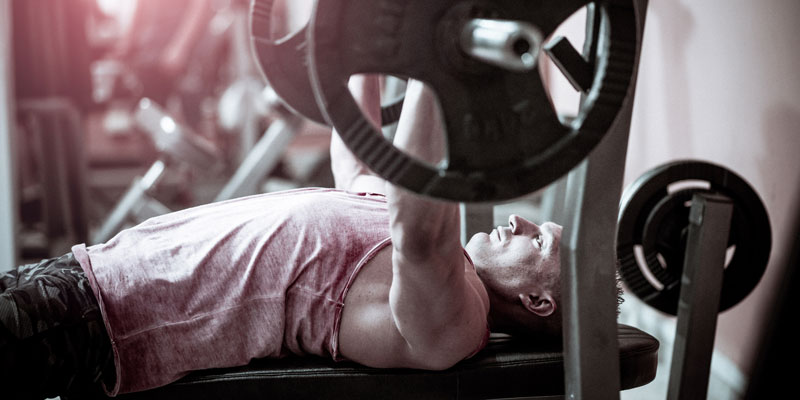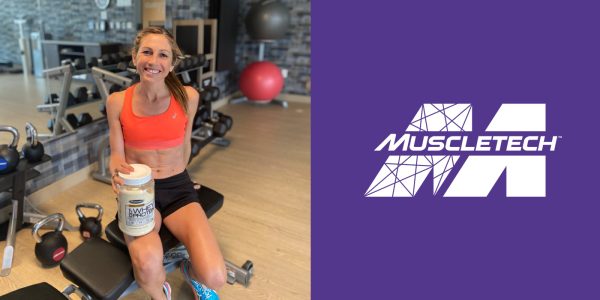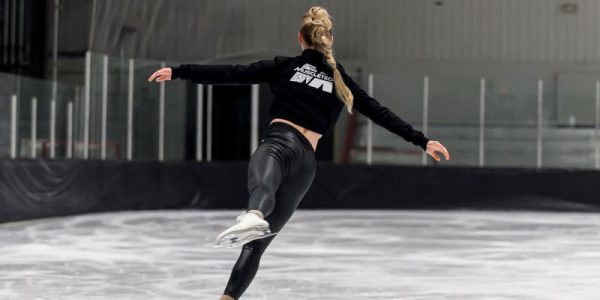We’ve all seen lifters who bounce the bar off their chest when benching – a common training error that seeks to overcome weakness at a sticking point by garnering momentum. But, making an exercise easier at your sticking point is exactly the wrong approach if you want to boost your bench press.
In fact, you want to work on building strength at exactly that spot – and that’s done by making it harder.
To better understand the mechanism, you’ll need a little knowledge of physics and the role of elastic (or potential) energy, which is a lot like a stretched rubber band. Here’s how it works on the bench press: when you lower a weighted barbell (without the bar touching your chest, of course), elastic energy builds up in the muscle, which assists in the initial stages of the lift when you reverse direction. This process is known as the stretch reflex, or stretch-shortening cycle.
If instead you stop the movement at the bottom of the rep for about two seconds (or, conversely, momentarily allow it to settle on the safety bars set to the bottom of your range of motion just off your chest in a power rack), that aforementioned built-up energy dissipates. It can no longer help you out of the hole, which means that you’ll have to work much harder to get the bar moving. That’s where a 6-week, dedicated training strategy can really help you build up your strength out of the hole by making you work harder at your weakest point in the range of motion.
These so-called “reverse” movements are a critical tool that powerlifters use to work on building strength in their weakest biomechanical positions of the bench press. You can also work on them with squats and other exercises. But, it doesn’t work on the deadlift, as that exercise already begins from a dead stop on the floor.








